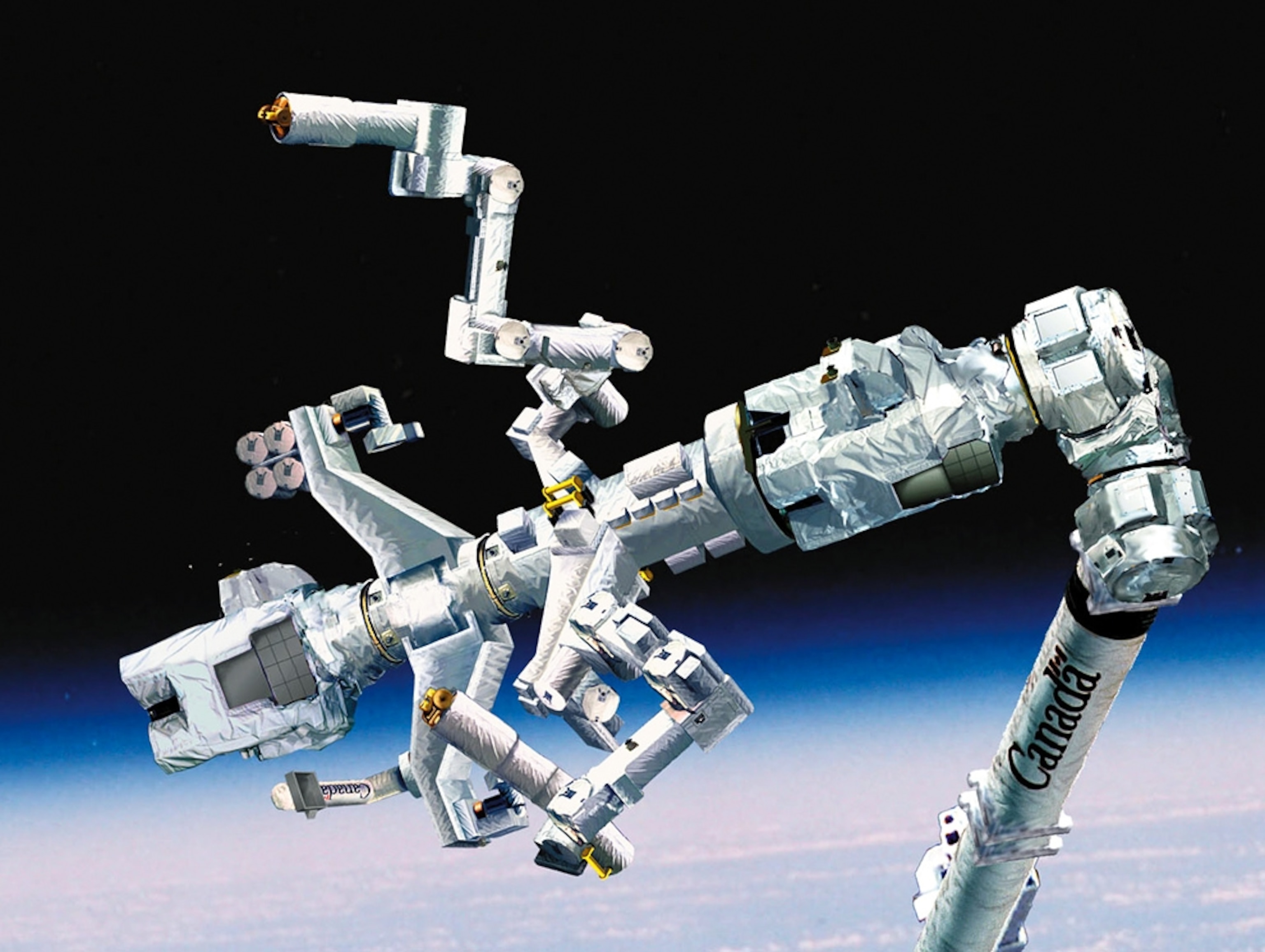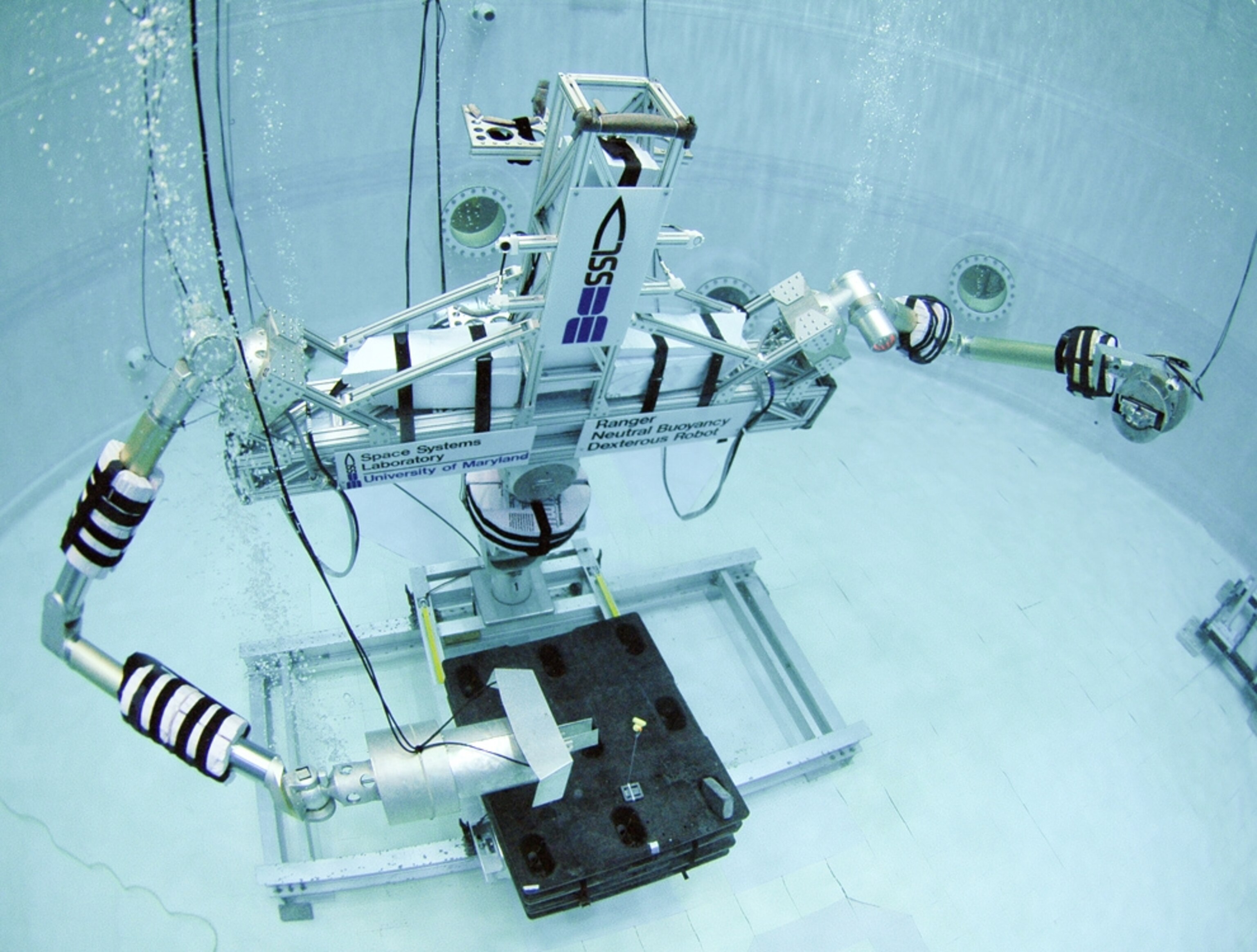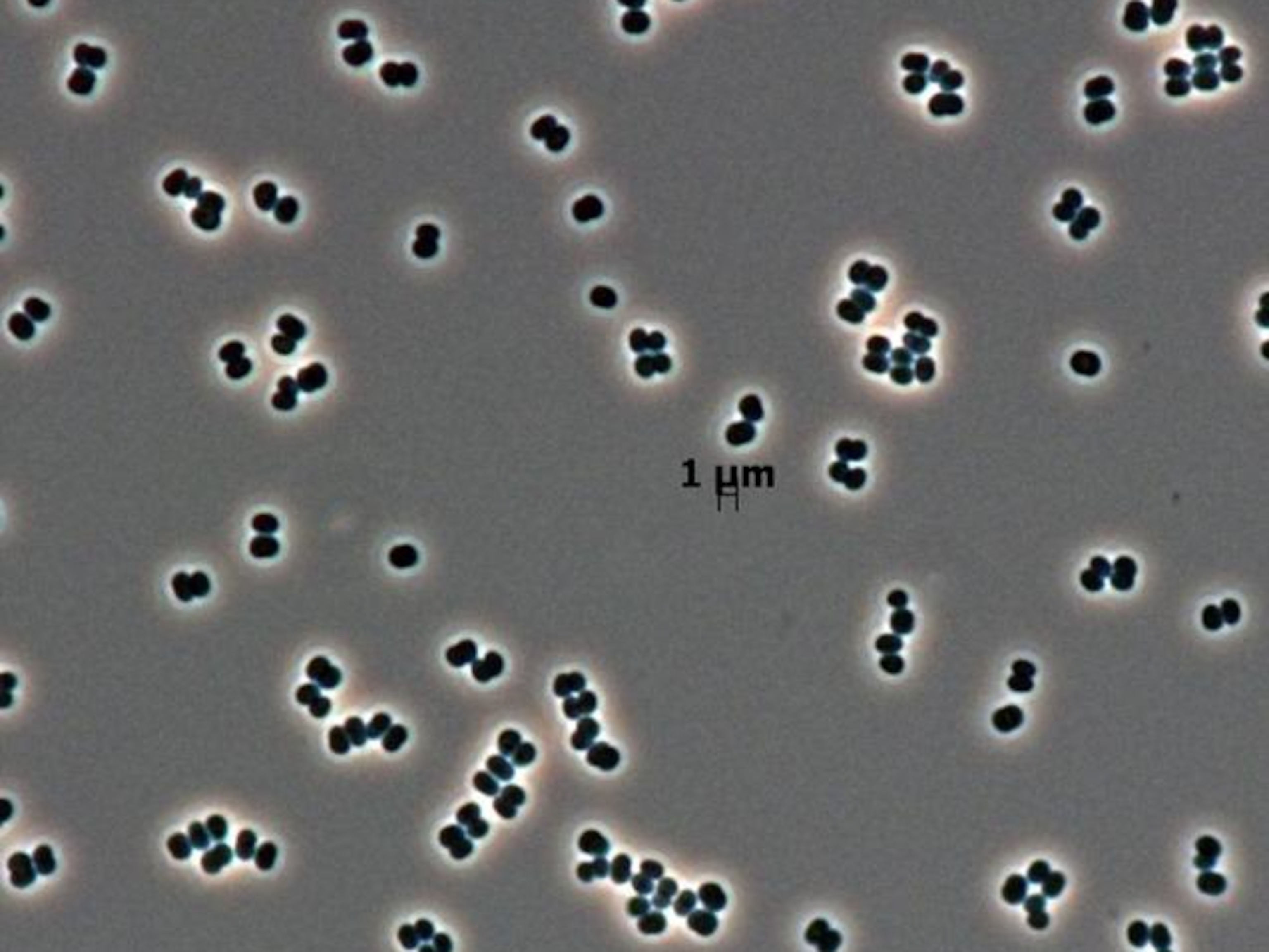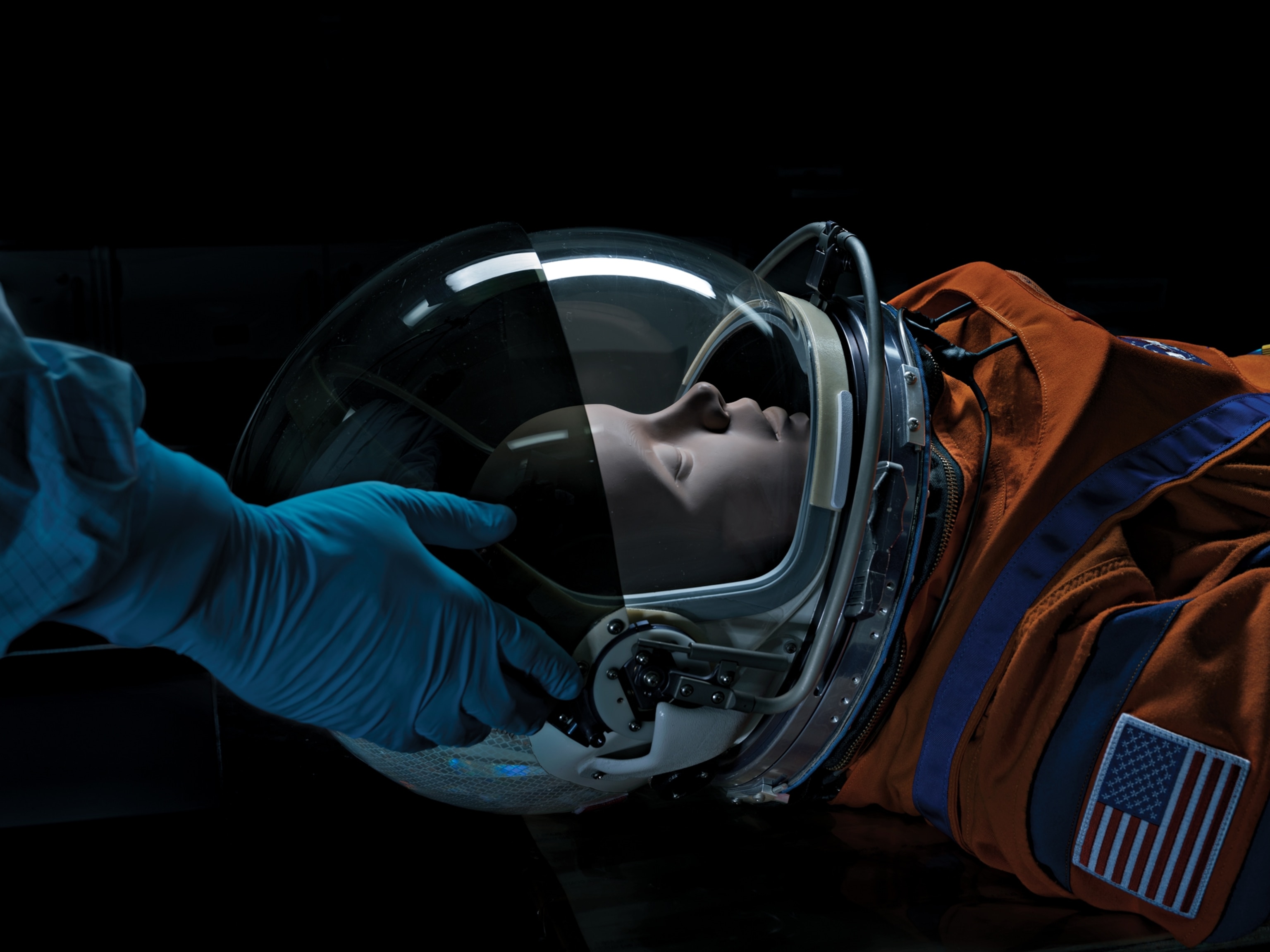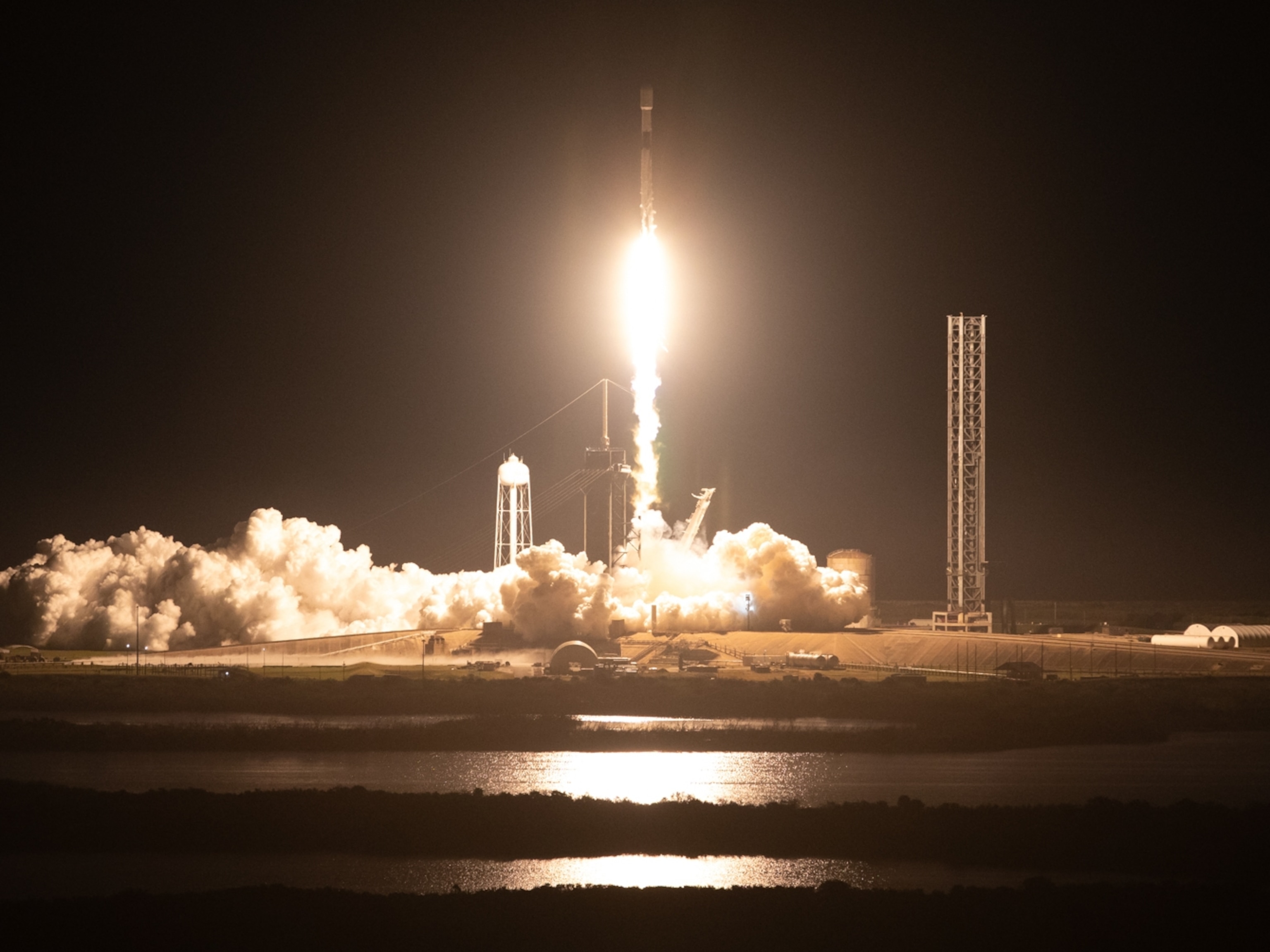Photograph by Robert Markowitz and Bill Stafford, NASA
Pictures: Five Forerunners of NASA's Robot Astronaut
See some of the forerunners of NASA's first android in space, Robonaut 2, which blasts off today aboard the space shuttle Discovery.
February 25, 2011


